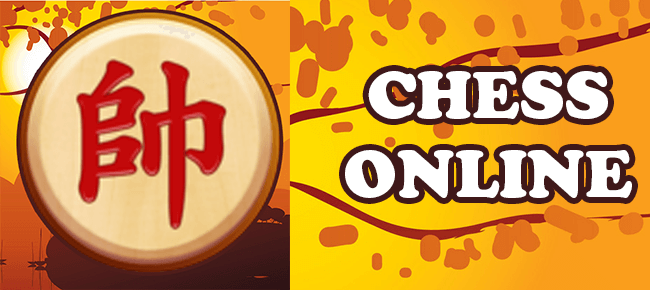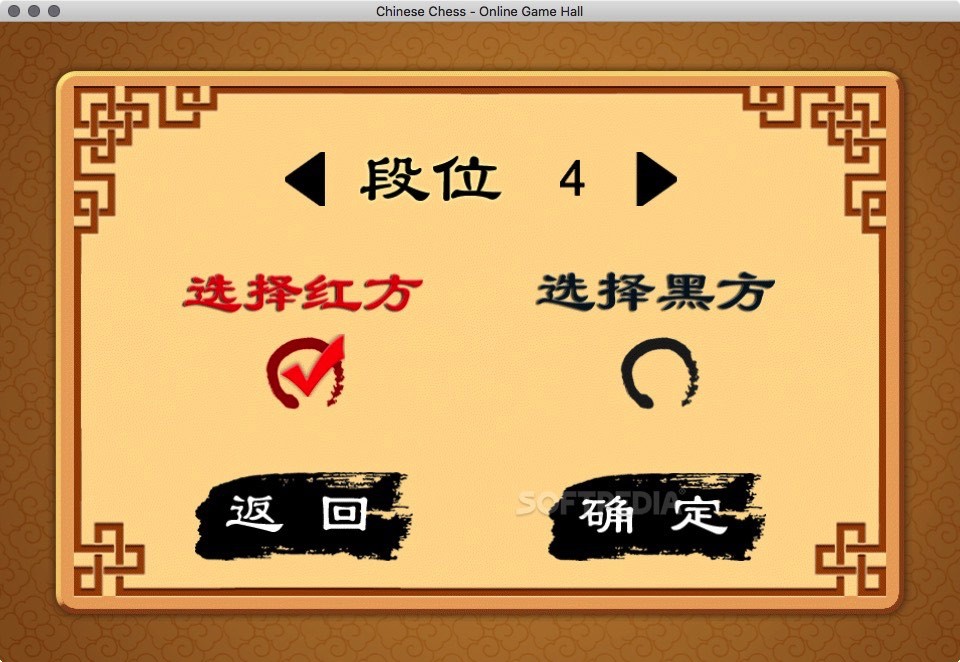
#Playing chinese chess online how to#
Under this monarch, only the bees quarrelled to collect the dew the only feet cut off were those of measurements, and only from Ashtâpada one could learn how to draw up a chaturanga, there was no cutting-off of the four limbs of condemned criminals.

AD 625) contains the earliest reference to the name chaturanga: The colours are not those of the two camps, but mean that the frogs have two colours, yellow and green.īanabhatta's Harsha Charitha (c. The time of the rains played its game with frogs for pieces yellow and green in colour, as if mottled by lac, leapt up on the black field squares. The counter-argument is that they remained prominent in literature.Īn early reference to an ancient Indian board game is sometimes attributed to Subandhu in his Vasavadatta, dated between the 5th and 7th centuries AD: The first substantial argument that chaturanga is much older than this is the fact that the chariot is the most powerful piece on the board, although chariots appear to have been obsolete in warfare for at least five or six centuries. It has its origins in the Gupta Empire, with the earliest clear reference dating from the sixth century of the common era, and from north India. The origin of chaturanga has been a puzzle for centuries. The Sanskrit word chaturanga means "four-limbed" or "four arms", referring to ancient army divisions of infantry, cavalry, elephantry, and chariotry. In particular, there is uncertainty as to the moves of the gaja ( elephant).

Chess historians suppose that the game had similar rules to those of its successor, shatranj. The exact rules of chaturanga are unknown. The Bhavishya Purana is known to include modern additions and interpolations, however, even mentioning British rule of India. According to Stewart Culin, chaturanga was first described in the Hindu text Bhavishya Purana. Archeological remains from 2000 to 3000 BC have been found from the city of Lothal (of the Indus Valley civilisation) of pieces on a board that resemble chess. In the 7th century, it was adopted as chatrang ( shatranj) in Sassanid Persia, which in turn was the form of chess brought to late-medieval Europe.

Ĭhaturanga is first known from the Gupta Empire in India around the 6th century CE. While there is some uncertainty, the prevailing view among chess historians is that it is the common ancestor of the board games chess, xiangqi (Chinese), janggi (Korean), shogi (Japanese), sittuyin (Burmese), makruk (Thai), and modern Indian chess. Chaturanga ( Sanskrit: चतुरङ्ग caturaṅga) is an ancient Indian strategy board game.


 0 kommentar(er)
0 kommentar(er)
